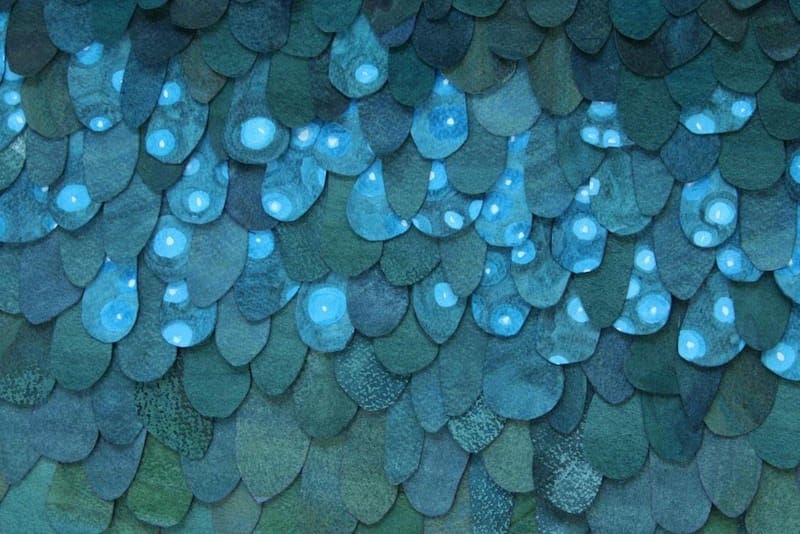
“Ecological processes are not only more complex than we think. They are more complex than we can ever think.” – Michael Crowfoot, Soil Scientist
“On one of my early projects…a scientist friend asked me, how did I know what I was doing, and where did I get the knowledge to understand the system with which I was working? I told him that I did not have the knowledge, nor did anyone else on Earth. I told him I was relying on the intelligence within the three-plus billion-year legacy of life on Earth.” – John Todd, Restoration Ecologist and Author of Healing Earth

“As a young scientist in the 1960s, (Lynn) Margulis was ridiculed when she first proposed that symbiosis was a key driver of evolution, but she persisted. Instead of the mechanistic view that life evolved through random genetic mutations and competition, she presented a symbiotic narrative in which bacteria joined together to create the complex cells that formed animals, plants and all other organisms—which together form a multi-dimensional living entity that covers the Earth. Humans are not the pinnacle of life with the right to exploit nature, but part of this complex cognitive system in which each of our actions has repercussions.” – John Feldman, Filmmaker, Symbiotic Earth
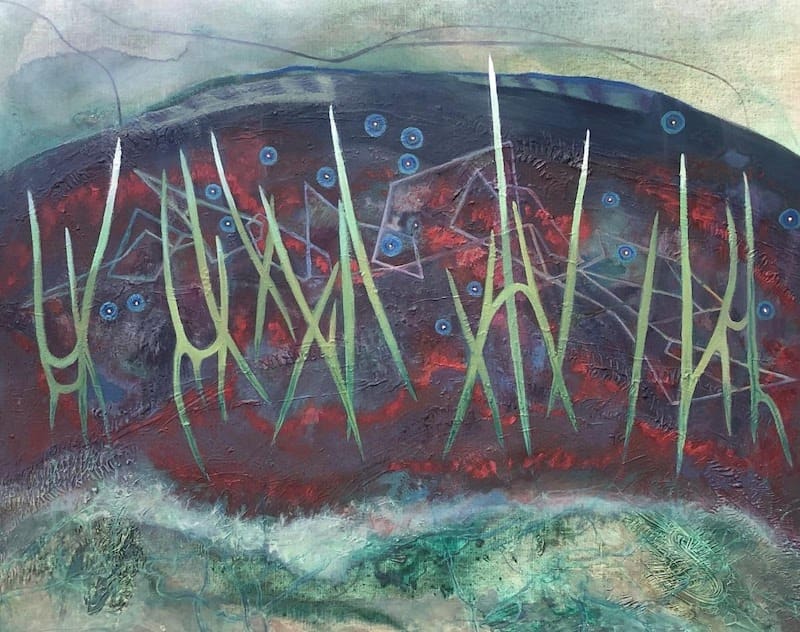
“In the Western tradition there is a recognized hierarchy of beings, with, of course, the human being on top—the pinnacle of evolution, the darling of Creation—and the plants at the bottom. But in Native ways of knowing, human people are often referred to as “the younger brothers of Creation.” We say that humans have the least experience with how to live and thus the most to learn—we must look to our teachers among the other species for guidance. Their wisdom is apparent in the way that they live. They teach us by example. They’ve been on the earth far longer than we have been, and have had time to figure things out. They live both above and below ground, joining Skyworld to the earth. Plants know how to make food and medicine from light and water, and then they give it away.” – Robin Wall Kimmerer, Botanist, Member of the Citizen Potawatomi Nation, and Author of Braiding Sweetgrass

“Scientists tell us we’ve already passed the safety threshold for the concentration of carbon dioxide in our atmosphere…The problem isn’t the amount of carbon per se—the quantity of carbon on earth is constant—but where that carbon is. The surplus, climate-stressing, troublemaking stuff is what enters the atmosphere when it combines with oxygen to form carbon dioxide gas. Well, where are we supposed to put all that extra carbon? Into the soil…
How do you build carbon in the soil? By reversing the processes that released carbon into the air. Oil, coal and gas represent one source of emissions, but over time the greater culprit has been agriculture. Since about 1850, twice as much atmospheric carbon dioxide has derived from farming practices as from the burning of fossil fuels (the roles crossed around 1970). In the past 150 years, between 50 and 80 percent of organic carbon in the topsoil has gone airborne. The antidote to this rapid oxidation is regenerative agriculture: working the land with the goal of building topsoil, encouraging the growth of deep-rooted plants, and increasing biodiversity.” – Judith D. Schwartz, Author of Cows Save the Planet
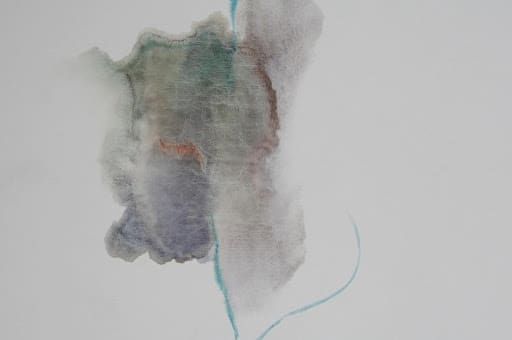
“The Process that actually removes CO2 from atmospheric circulation is photosynthesis.” – Christine Jones, Soil Ecologist
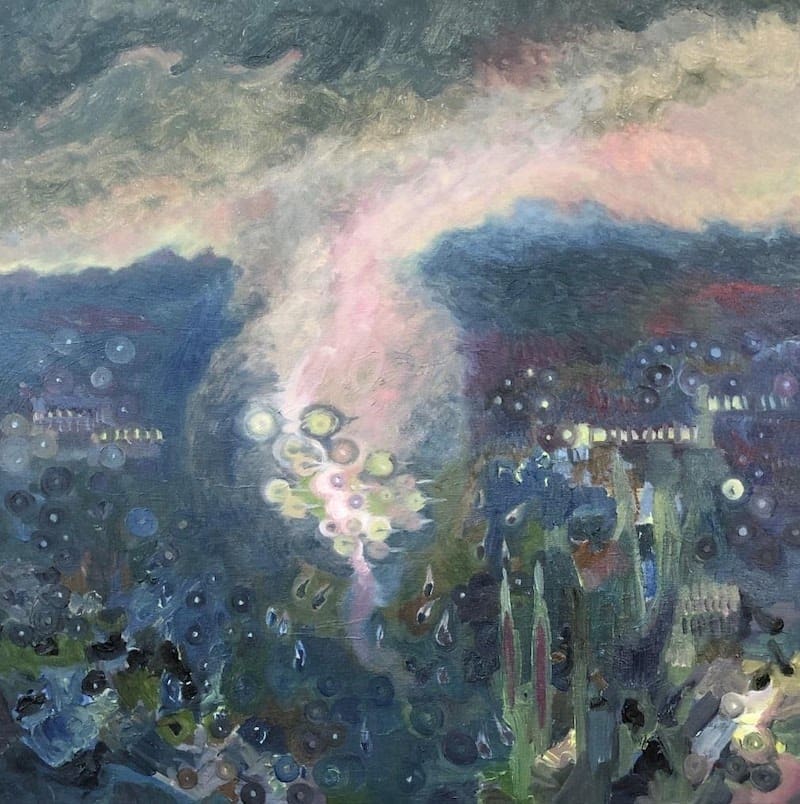
“Natural capital is the only true form of wealth.” – David Marsh, Australian Regenerative Farmer
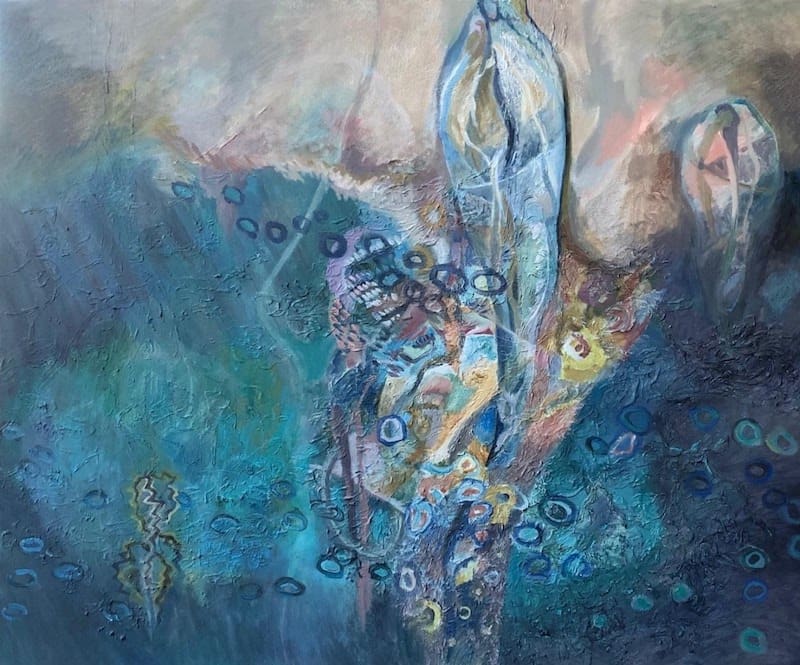
“Scenario 300 proposes that the restoration of degraded ecosystems of several types could capture enough carbon in soils to reduce the atmospheric carbon dioxide concentration from about 410 ppm in 2018 to 300 ppm before Halley’s Comet returns in 2061. Millennials born at the beginning of the 21st Century will be reaching their retirement years and it is hoped that they will have a future to look forward to. Seeing this famous comet return for their first viewing could be a time of celebration for the many tough choices they had to face and a time of reflection at their successes and failures. How can our generation help them be prepared for what is coming?” – Jim Laurie, Restoration Ecologist, Educator, and Author of Scenario 300
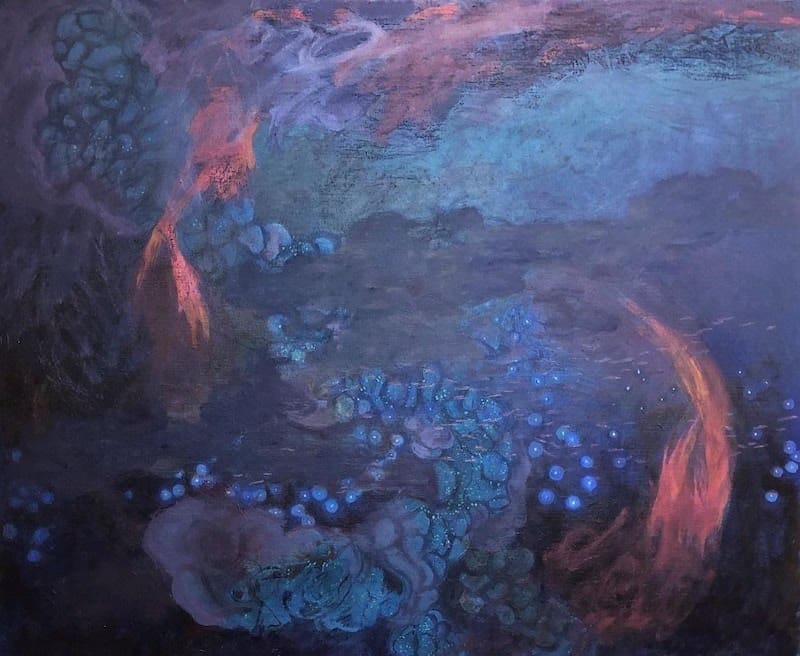
“Microbes occur nearly everywhere because they are so remarkably adaptable. They survive where nothing else can, using an incredibly diverse array of things as food. Some archaea known as extremophiles can withstand the worst heat, cold, and dryness on Earth. Geologists exploring the deep seafloor were surprised to find communities of microbes living on and around “black smokers,” natural chimneys rising twenty to thirty feet above the seabed, where high pressure keeps water liquid despite temperatures reaching 750 degrees F.” – David Montgomery and Anne Biklé, Scientists and Authors of The Hidden Half of Nature
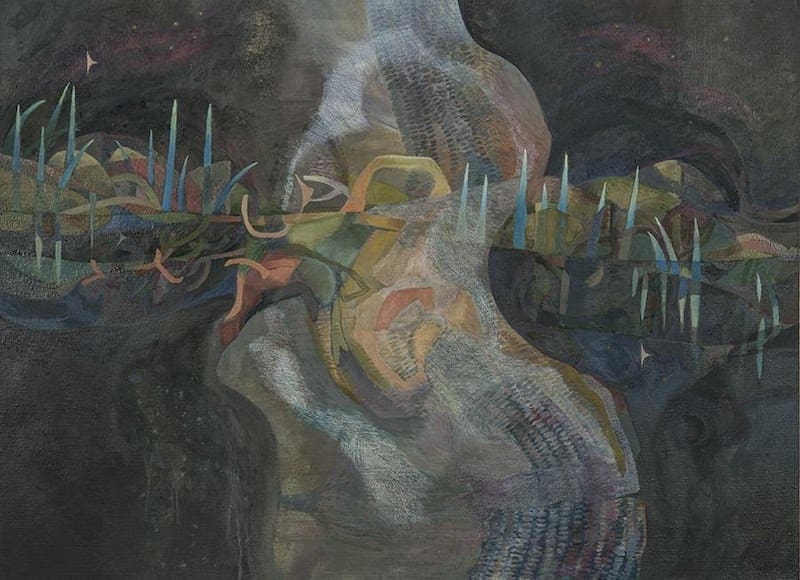
“You’d think that nitrogen would be easy to come by on a planet literally bathed in it, but plants cannot directly use atmospheric nitrogen… The main way nitrogen enters the biological realm is through the bacteria that live in the root nodules of certain plants. Additionally, nitrogen-fixing microbes that do not form nodules have been found in other plant tissue and in the soil. Recently, it has been discovered that some trees can get nitrogen from fungi that scavenge it right from nitrogen-rich bedrock. In one way or another, microbes drive almost all natural nitrogen fixation, except for a small amount made during lightning strikes powerful enough to crack the triple bond of nitrogen gas.” – David Montgomery and Anne Biklé, Scientists and Authors of The Hidden Half of Nature
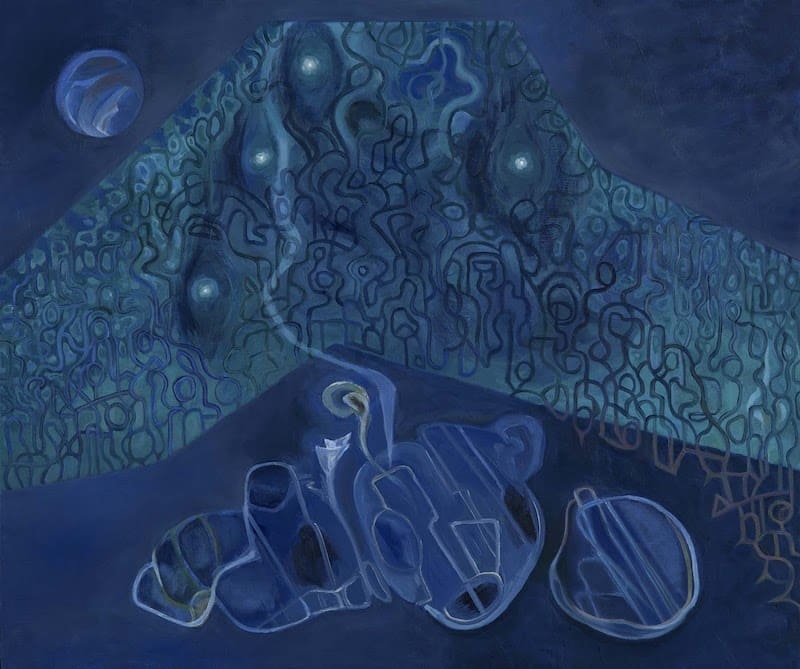
“Just as there are beneficial bacteria, there are also beneficial fungi. In fact, one of the chief factors contributing to disease suppression in soils at large is fungal diversity. And fungal symbioses with plants are far more ancient and pervasive than those between nitrogen-fixing bacteria and legumes. The ancient origin of such partnerships explains why mycorrhizal associations are known to occur in about 80 percent of flowering plants and all gymnosperms (nonflowering plants like conifers.) … Mycorrhizae help plants wring more nutrients and water from the soil—doubling or tripling the uptake of phosphorus (and other nutrients) per unit root length. In return, the plants provide the fungi with catered meals of carbohydrates.” – David Montgomery and Anne Biklé, Scientists and Authors of The Hidden Half of Nature

“Beauty and seduction are nature’s tools for survival, because we protect what we fall in love with. It opens our hearts and makes us realize we are a part of nature, not separate from it.” – Louie Schwartzberg, Filmmaker of Fantastic Fungi
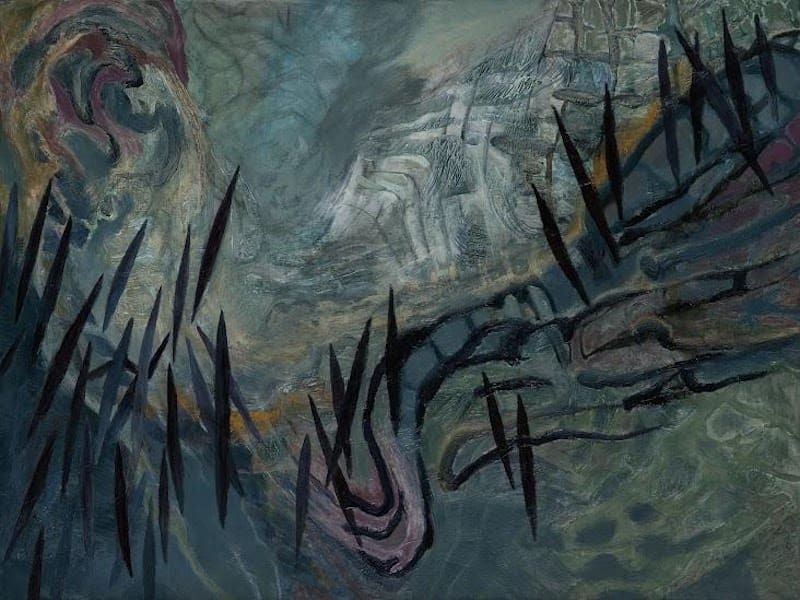
“An appreciation of scientific understanding today heightens (the feeling of) reverence and mystery. We know that the same ceaseless energy of the carbon atoms born ages ago in some far-distant star surges both in us and in the giant redwood, both in the prairie soil and in the waters of the sea.” – James Barrett, Land Preservation Attorney

“The diversity above ground is a reflection of diversity in the soil. If the community of life in the soil is limited in scope, the variety of plant life that springs from that soil will also be limited. Which, in turn, will limit the animal, avian, and insect life that can thrive there. While charismatic threatened species like polar bears and penguins get most of the press, biodiversity actually begins in the soil.” – Judith D. Schwartz, Author of Cows Save the Planet

“I am writing this book based on the belief that humanity will soon become involved in a deep and abiding worldwide partnership with nature. Millions of us will commit ourselves to reversing the long legacy of environmental degradation that threatens to destabilize the climate as well as the great ecologies that sustain life on Earth. We must develop a vast stewardship initiative, which will become the great work of our time. Fortunately, there are as many ways to serve the Earth as there are people willing to engage in this vast restoration project. It includes nothing less than stabilizing the planet’s climate as well as saving ourselves.” – John Todd, Restoration Ecologist and Author of Healing Earth
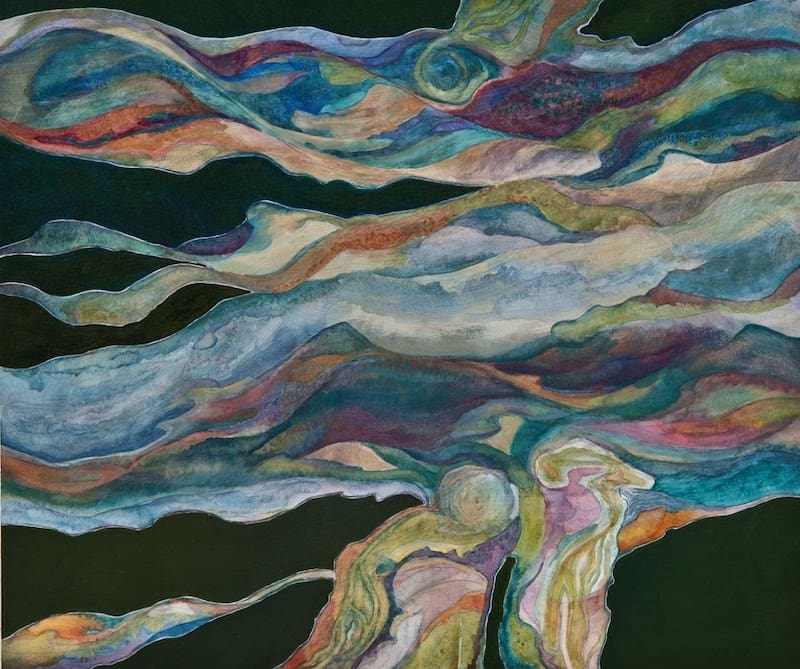
“If grief can be a doorway to love, then let us all weep for the world we are breaking apart so we can love it back to wholeness again.” – Robin Wall Kimmerer, Botanist, Member of the Citizen Potawatomi Nation, and Author of Braiding Sweetgrass
The Pairings
(All images copyright Florence Ann Barrett)
1. Symbiosis (detail), watercolor paper collage, 2019
Michael Crowfoot. I first read the quote by Michael Crowfoot last year. When I tried to verify it, I came across a common occurrence: quotes are often misattributed or attributed to more than one person. Here is a similar quote by Frank Edwin Egler (1911-1996), a plant ecologist who assisted Rachel Carson with her book Silent Spring: “Nature is not more complicated than you think, it is more complicated than you can think.”
John Todd. The quote is from Chapter Three of Todd’s book, Healing Earth, An Ecologist’s Journey of Innovation and Environmental Stewardship. (2019)
2. Wandrian, oil on canvas, 30 x 36”, 2018
The quote is from the back cover of the DVD case containing Symbiotic Earth, How Lynn Margulis Rocked the Boat and Started a Scientific Revolution, a 2018 film by John Feldman. This description of the contents of the amazing film is succinct, thorough, and sensitive to Margulis’s contributions to our understanding of nature and our role within it.
3. Walking Sticks, charcoal, acrylic and oil on canvas, 30 x 36 inches, 2020
Robin Wall Kimmerer, botanist, member of the Citizen Potawatomi Nation, and author of Braiding Sweetgrass, Indigenous Wisdom, Scientific Knowledge, and the Teachings of Plants. (2013) The quote is in Chapter One, SkywomanFalling.
4. Passageways, acrylic and graphite on canvas, 18 x 24 inches, 2014
Judith D. Schwartz, author of Cows Save the Planet, And Other Improbable Ways of Restoring Soil to Heal the Earth. (2013) These quotes are from the beginning of Chapter One.
5. Forming, acrylic on absorbent ground, 18 x 24 inches, 2014
Christine Jones, Australian Soil Ecologist, quoted by Judith D. Schwartz in Cows Save the Planet, And Other Improbable Ways of Restoring Soil to Heal the Earth, at the heading of Chapter One.
6. Campana, oil on canvas, 24 x24 inches, 2020
David Marsh, Australian Regenerative Farmer. In his book The Call of the Reed Warbler, A New Agriculture, A New Earth, (2017)Charles Massy describes David Marsh as “one of Australia’s leading and deepest thinkers in regenerative agriculture.” The quote is from Chapter 19, Transforming Ourselves.
7. Okeanis, oil on canvas, 30 x 36 inches, 2020
Jim Laurie, Restoration Ecologist, educator, and author of Scenario 300
8. Extremophiles, oil on canvas, 30 x 36 inches, 2020
David Montgomery and Anne Biklé. The quote is from chapter two of the book The Hidden Half of Nature, The Microbial Roots of Life and Health. (2016)
9. River in the Sky, oil on canvas, 36 x 48 inches, 2019.
David Montgomery and Anne Biklé, The Hidden Half of Nature, The Microbial Roots of Life and Health, (2016). The quote is from Chapter 5, War on the Soil.
10. Nocturne, oil on canvas, 30 x 36 inches, 2018
David Montgomery and Anne Biklé, The Hidden Half of Nature, The Microbial Roots of Life and Health, (2016). The quote is from Chapter 6, Underground Allies
11. Plenus, oil on canvas, 24 x 24 inches, 2016
Louie Schwartzberg. I first heard this quote by prolific filmmaker Louie Schwartzberg during Bill Moyers’s interview with him and Lynn Davis Lear when discussing their film What’s Possible, made for the 2014 U. N. Climate Summit. He has expanded the quote in his Ted Talk. Find it here: https://www.youtube.com/watch?v=gXDMoiEkyuQ&feature=emb_rel_end
12. Kohola, oil on canvas, 36 x 48 inches, 2015
James Barrett. The quote is by my father in his 1964 paper, Conservation Today. My father loved nature, science and poetry. He taught his children from a young age how nature works and inspired the love and wonder of the natural world that enabled me to become an artist.
13. Pelikas, oil on canvas, 36 x 48 inches, 2016
Judith D. Schwartz, author of Cows Save the Planet, And Other Improbable Ways of Restoring Soil to Heal the Earth (2013.) The quote is from Chapter 6, The More the Merrier, Biodiversity Starts in the Soil.
14. Occident (detail), watercolor paper collage, 2019
John Todd, Restoration Ecologist and author of Healing Earth. The quote is from the beginning of Chapter 1, A Vision of Hope.
15. Song Across Water, watercolor and oil on paper, 17 x 20 inches, 2013
Robin Wall Kimmerer, botanist, member of the Citizen Potawatomi Nation, and author of Braiding Sweetgrass, Indigenous Wisdom, Scientific Knowledge, and the Teachings of Plants. The quote is from one of the last chapters in the book, Collateral Damage.Search for:

